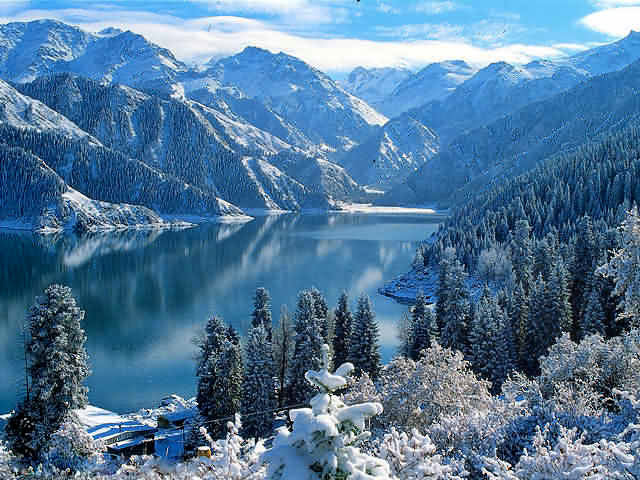Xinjiang: Travel: Xinjiang Regional Museum
Xinjiang Regional Museum is located in Urumqi City. Here, they collect and study artifacts found in the area, and they of course show case their findings. The museum was built in a Uygur style, back in 1953. Xinjiang Regional Museum's exhibition hall overlays 7,800 square meters of space. The museum is quite the educational place, showcasing more than 50,000 artifacts. At Xinjiang Regional Museum, shows all there is to know about 12 different minorities in Xinjiang, including, but not limited to, clothing and lifestyle, marital customs and religion, and festivities. An interesting exhibit, is the ancient corpses. This exhibit has been described as "fantastic", by one source. Xinjiang is open for visitors all times of the year. If you are fascinated by the Chinese culture or love to learn, this would be a great attraction to visit !




